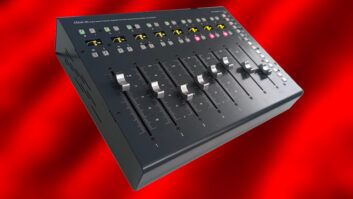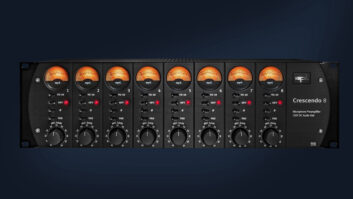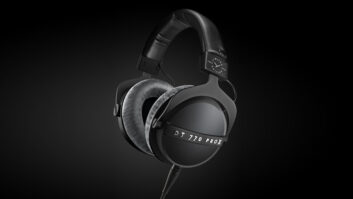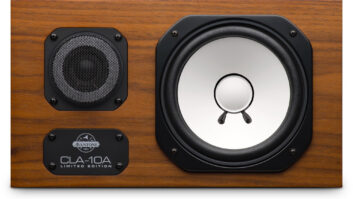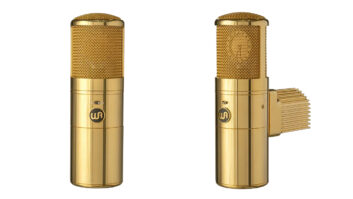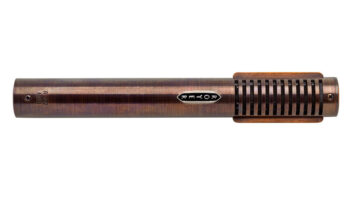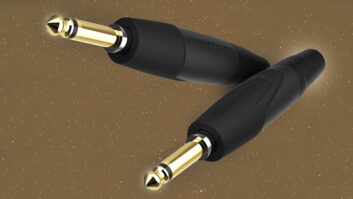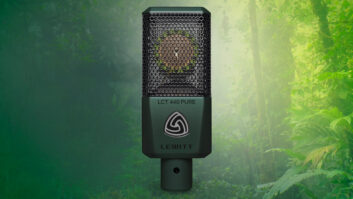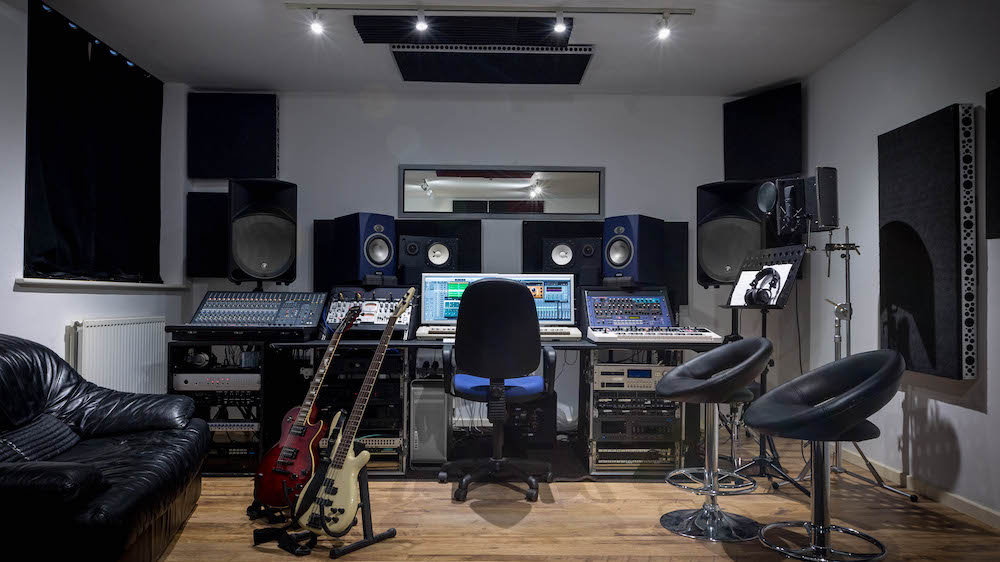
What would you put in your studio if money was no object? That’s what we asked London/Belgium-based engineer Wes Maebe—and money really was no object, because it didn’t exist. For this article, Wes went on an imaginary shopping spree, blowing 100,000 imaginary dollars on an equally imaginary studio. Here’s what he came up with—the place may not actually exist, but it sounds awesome!
Building your own studio is no mean feat. I have always said that I would not need to have my own studio since there are so many gorgeous tracking rooms across the globe. Of course, music industry budgets have changed over the years, and the projects that allow you to stay in the recording studio to mix don’t come around that often. That’s why a lot of us engineers/producers have setups at home or in private facilities—so that we can mix and sometimes do small overdubs.
That was working fine, until Brexit ripped its ugly claws across a lot of our lives in England; I suddenly needed a foot on European soil. The British vote to remove itself from the European Union and the single market has led to massive import and export issues, restrictions on the amount of time you are allowed to spend out of the country, the requirement for travel and work visas, carnets for taking your instruments across borders, etc. Last year, I found a second home in Belgium.
Having dual-nationality has allowed me to set up shop on the European mainland, and as it happens, the property I found came with an outbuilding that lends itself to be transformed into a small recording studio. Quite serendipitously, I was in the middle of Building My Own Studio when Mix called and asked for a piece called Building Your Own Studio. They’re virtual dollars anyway, so what’s mine is yours.
For this piece, I’m going to assume that you have the computer in place and are running your favorite DAW, and most of the wiring, stands, furniture, screens and so on have been brought in from your previous studio. This way, we can focus on supplementing hardware, adding to the microphone collection, upgrading speakers, and maybe grow the plug-in list.
QUALITY FROM THE SOURCE
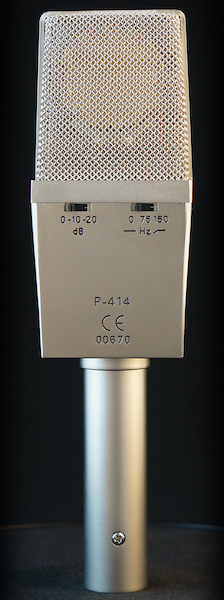
Apart from The Player, of course, the microphone is one the most important components in the whole recording environment. As with most topics involving recording, there are wildly varying opinions on what mic to use on which instrument or vocal. Engineers will swear by a certain mic for a specific job, but I’ve always felt that every instrument and vocal is different, and might require its own flavor of signal path. Somebody’s vocal may simply not work with “that classic mic,” and you might stumble across a combination of sound source and microphone you wouldn’t have ever thought of. So, let’s take this opportunity to supplement and expand the mic cupboard.
DO YOU WANT TO GO LARGE?
I’m going to start with the large-diaphragm models and then work my way through small capsules, ribbons and some dynamics.
Advanced Audio has been mentioned a few times in previous iterations of Build Your Own Studio, and I just keep coming back to these. Every time we do a mic shootout, producers and artists end up picking these over other classics. The CM67 is a big favorite on vocals, strings and acoustics. A big sound for a relatively small price tag.
Recently, I’ve been playing a lot with the sE Electronics mics. On several vocal sessions, the sE-Rupert Neve Designs collaboration RNT came out on top. It’s a little steeper in price, though compared with many other “vintage” mics, it is a lot more affordable. It’s such a versatile mic, giving you weight, warmth and clarity at the same time. I suggest the sE T2 in the LDC category; it reminds me of the old silver 414s. With its titanium sputtered capsule, it’s fantastic on fast-attack sources. I’ve used it plenty on bass amps and bottom snares, and it performs really well on strings and acoustics.
Speaking of those vintage AKGs, I had the chance to use a whole variety of the Peluso mics at Laughing Tiger in the Bay Area, which led me to try out the P-414. One of my go-to setups on piano is to put a couple of these over the hammers, so let’s put two on our list, which will give us the option to use them for various stereo-miking techniques.
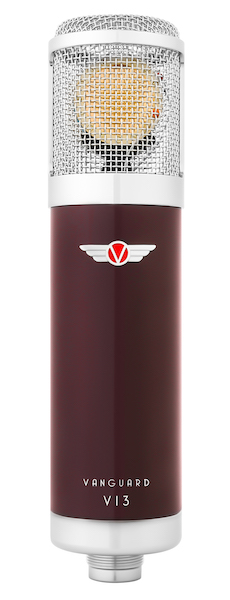
To fill up the shelf of large-diaphragm condensers, let’s add two more, from opposite sides of the scale. The Vanguard Audio Labs V13 is a gorgeous-looking and -sounding multipattern mic. It’s one of those I got the chance to test drive and then wished I owned, so it’s going on the list.
Last but not least, the Aston Element. This microphone, with its Ridyon capsule, appeared on my radar when they put the final voicing out to a public vote. It was a bit like voting for the Grammys—but for the sound of a mic. I’ve been using it since, and it has been performing blindingly on guitar cabs. Oh, and it has a purple light!
SMALL YET MIGHTY
Now that we have the big colors and brushstrokes sorted out, it’s time to look at some small diaphragm mics. The sE RN17 is one of my most go-to SDCs. It gets put to use on hi-hats, acoustic guitars, strings, and lately I’ve been putting it close to the floor a few feet from the kick drum.
Being a great fan of stereo miking, I’m adding a pair of Schoeps CMC64s. They’re simply amazing on strings and percussion, and I’ve been using them on snares and as overheads, as well. Schoeps has been known historically as a “classical” mic, but it’s time to start thinking out of the box. They rock with the best.
Our second pair will be the tube BeesNeez Lulu Fet SDC KM84s. This Australian family business makes stunning microphones, so do check them out.
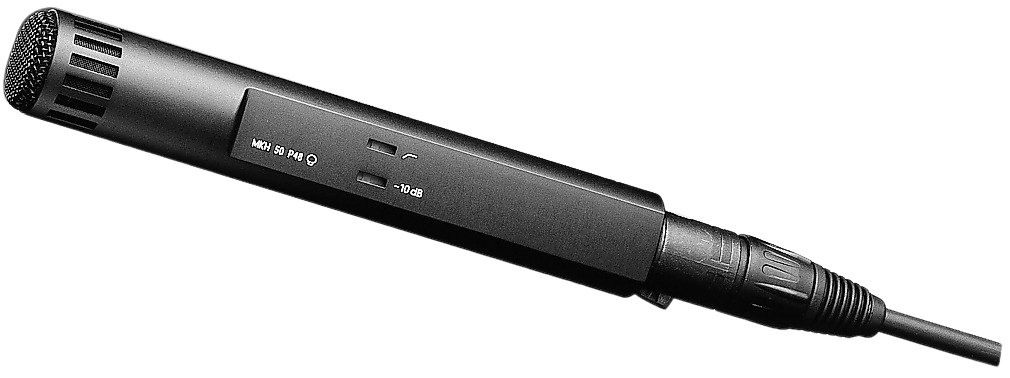
Finally, I’d love the Sennheiser MKH 50/30 P48 duo to join the family. When I started out, my mentor got me to do a lot of classical location recordings, and he made me fall in love with the M/S technique. One of the main combos was this Sennheiser pair. Years later on a studio session, I couldn’t get a particular mic for the snare drum, and the MKH 50 was gathering dust in the mic locker. My assistant said, “Why don’t we use that instead?” What a revelation! One of those happy studio accidents.
